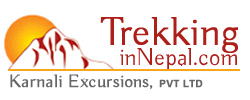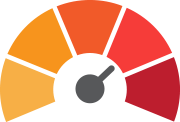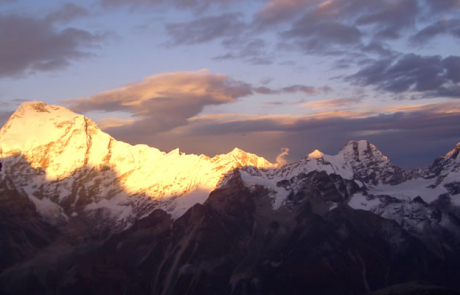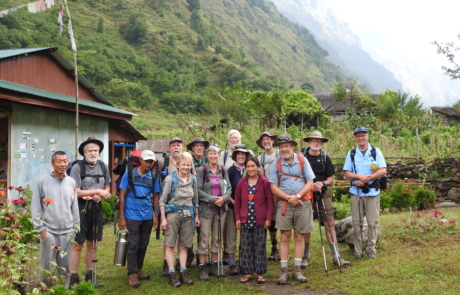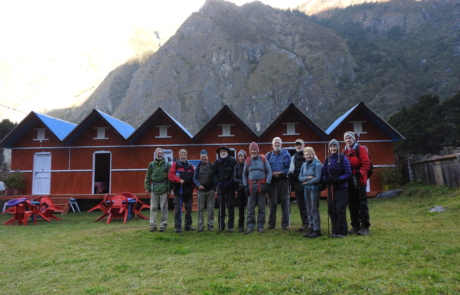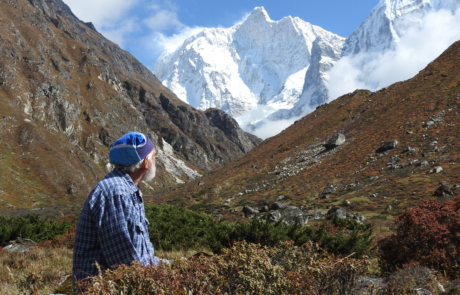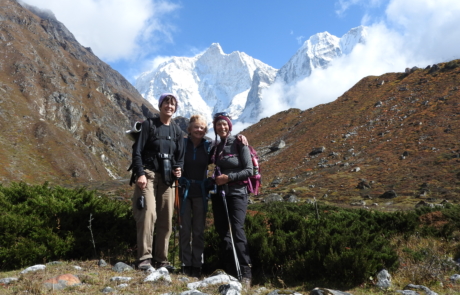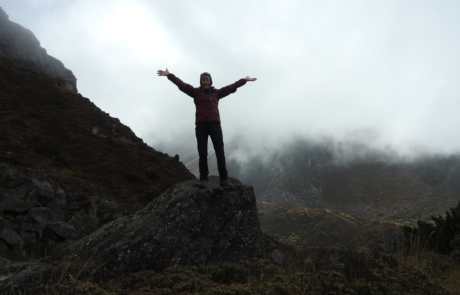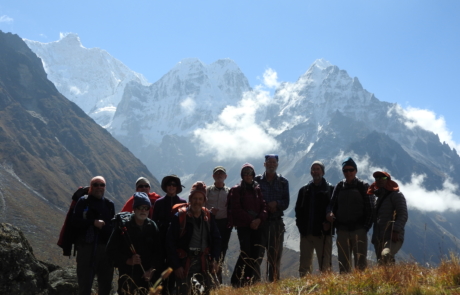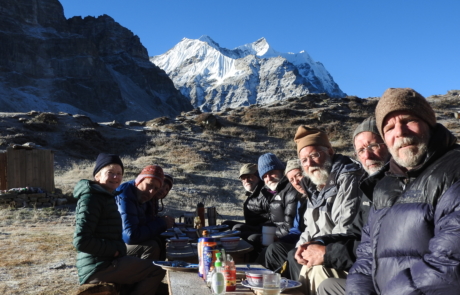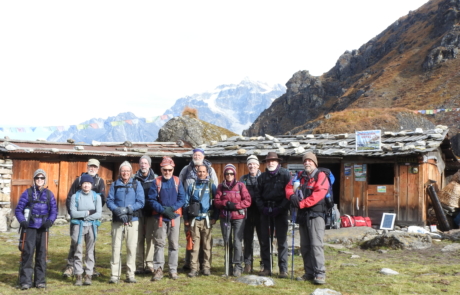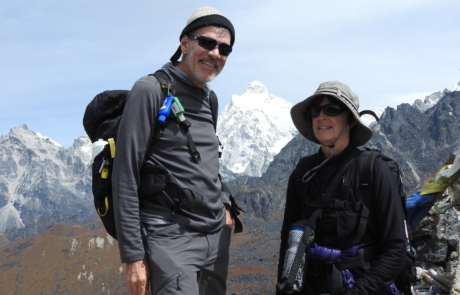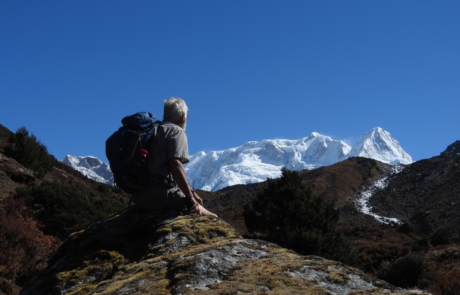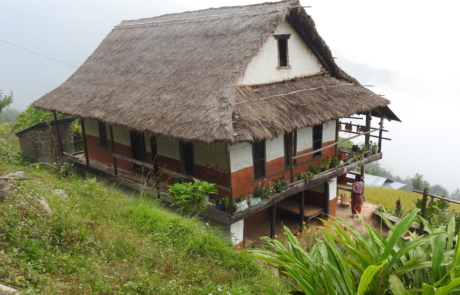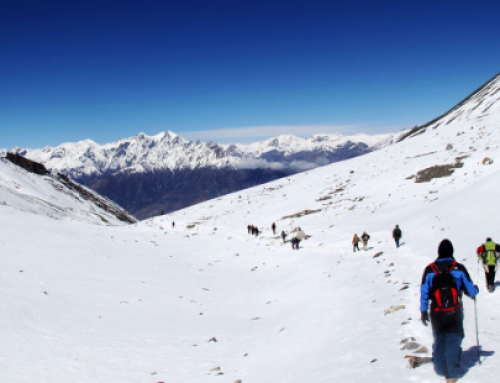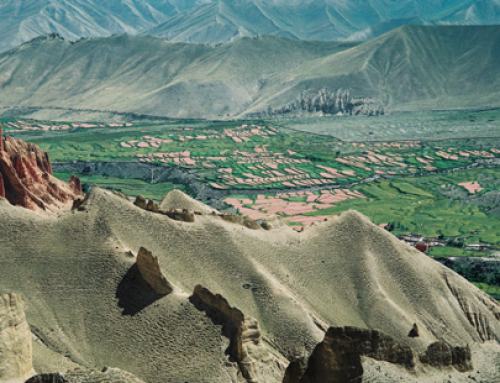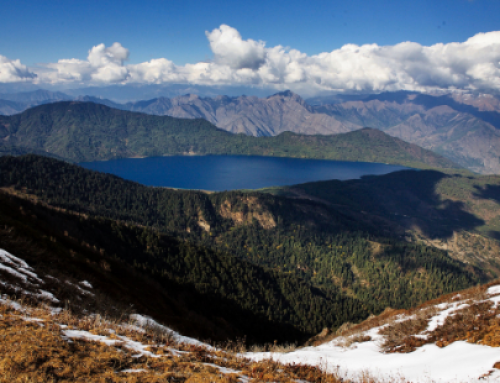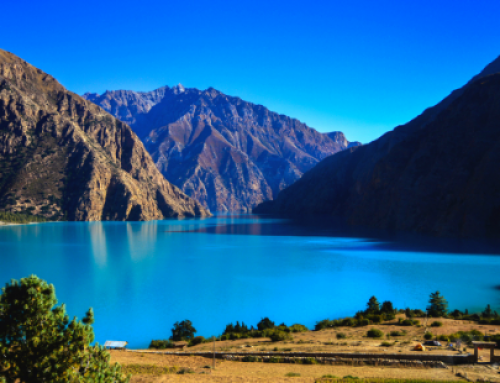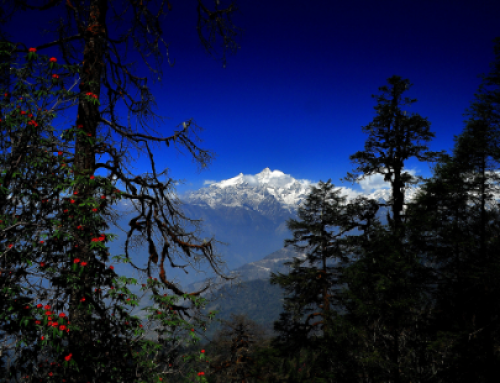Project Description
HIGHLIGHTS
-
Off the beaten path trek
-
Experience warm hospitality and culture
-
Breathtaking mountain views
-
World Heritage Sites in Kathmandu
This Kanchenjunga North Base Camp trek offers the most varied trekking experience of the major 8,000m peak treks in Nepal. Straddling the border with Sikkim, 8,586m high Kanchenjunga is the world’s third highest mountain; and has a tremendous mass with five main peaks and five great glaciers radiating away from the main ridge. The local people consider Kanchenjunga a sacred mountain. Its Tibetan name, Kang-chen-dzo-nga, translates as, ‘The Five Treasuries of the Great Snows’. The great British botanist Joseph Hooker was the first Westerner to explore this area in 1848-49, and it has changed very little since his time.
Before Nepal opened its borders to the outside world in 1950 Kanchenjunga was probably the best known of all the higher Nepalese mountains as it could be easily seen from the British Hill Station in Darjeeling. When Sikkim was closed to travelers from the west, it slowly slipped from public awareness. It wasn’t until 1988 that the public again took an interest in this area of Nepal. Since then, it has rightly gained a reputation in the trekking world as being a mountain for the trekking connoisseur.
Passing through sparsely populated areas, this trek provides a great sense of freedom and independence. The trails are not well defined, and there is little chance to restock along the way, as trekking facilities are still very primitive. Treks in this area must be far more self-sufficient than on most other trekking routes in Nepal.
TREK FEATURES
Total duration: Kathmandu-to-Kathmandu: 27 days
On the trek: 24 days
Max. Elevation: 5,400m
Trek difficulty: Strenuous and physically challenging
Trek style: Tea house trek
Group size: Max. 12 plus a local trek leader
Min. 2 plus a local trek leader
Best months: September to December & March to June
Accommodation: Twin sharing hotels in Kathmandu and local lodges during the trek (Based on B & B in hotels and full board in lodges)
Trip starts/Ends: In Kathmandu, Nepal
Trek leader: TBA
| ARRIVAL DATES | DEPARTURE DATES | PRICE | STATUS |
|---|---|---|---|
| Sunday 8 March, 2020 | Friday 3 April, 2020 | USD 2799 | AVAILABLE |
| Sunday 5 April, 2020 | Friday 1 May, 2020 | USD 2799 | AVAILABLE |
| Sunday 4 October, 2020 | Friday 30 October, 2020 | USD 2799 | AVAILABLE |
| Sunday 11 October, 2020 | Friday 6 November, 2020 | USD 2799 | AVAILABLE |
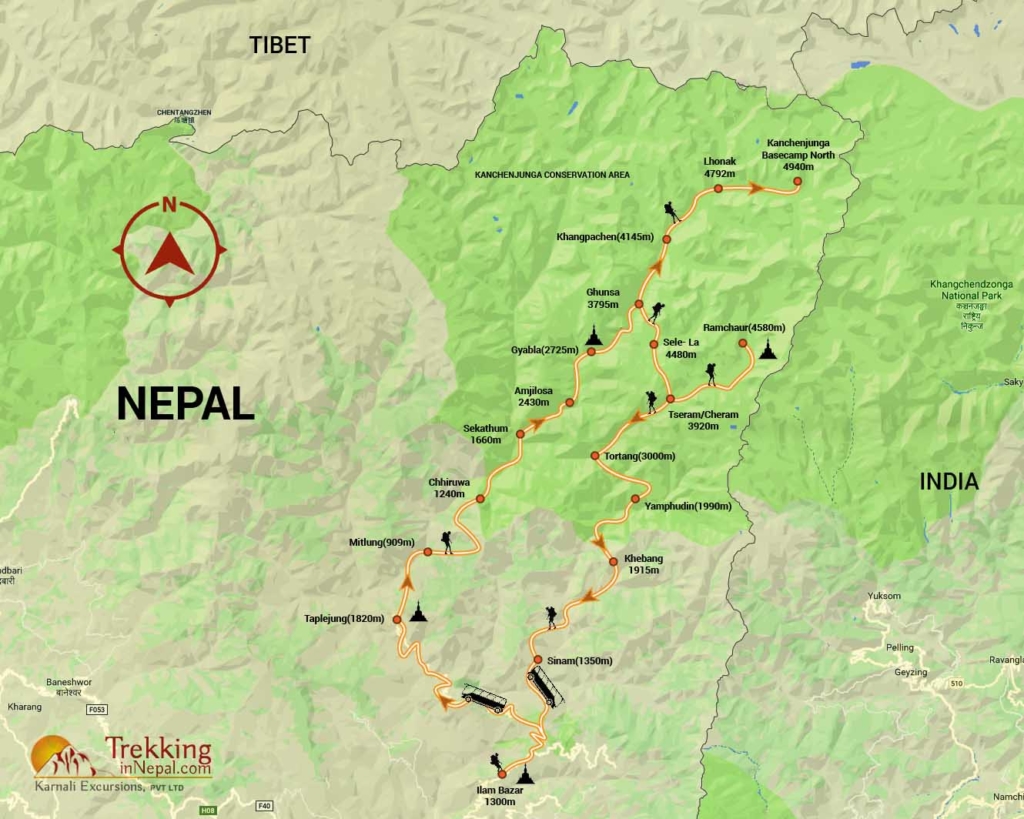
Inspire your friends and family members by sharing these amazing treks in the Himalaya.
